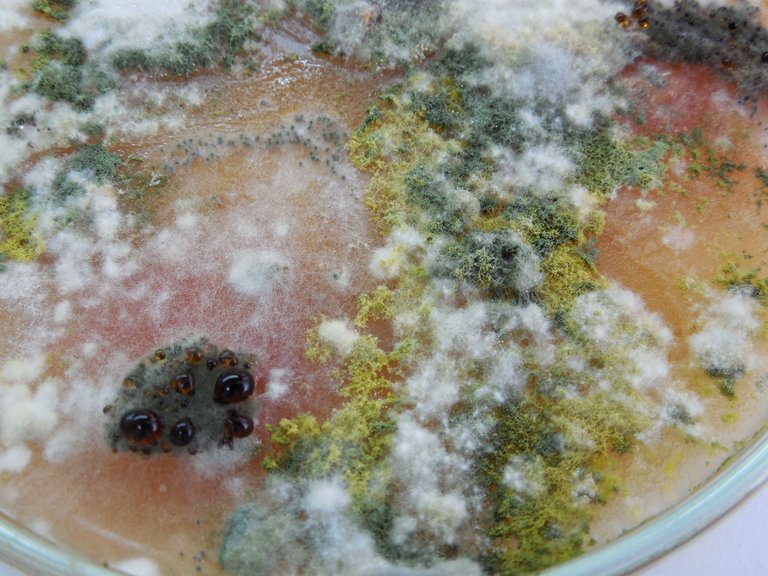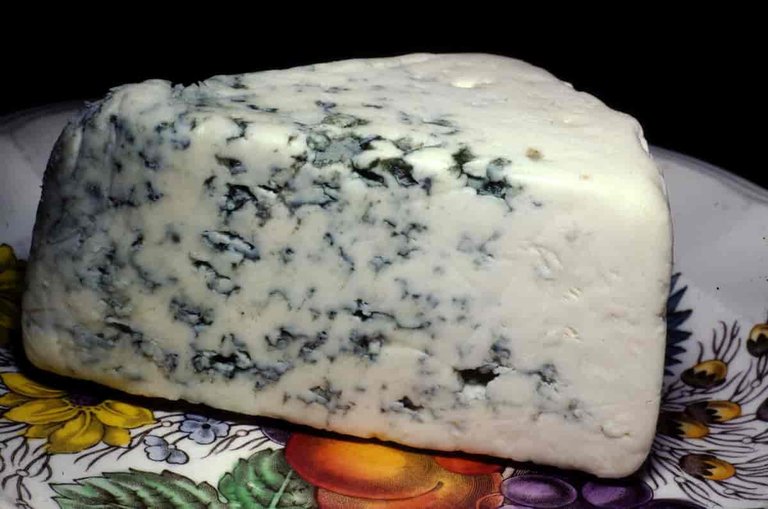The Good, Bad, and Evil of Molds Around Us
Molds!! They can be annoying, dusty, disgusting, or even slimy. They come with unmistakable stench and have roots that can cover your entire food making it inedible but asides from tampering with your food, they can also be present on your walls making them look like you made the wrong choice living in the house but in all this, they can also save your life.
Do you know molds are fungi but who are they even fungi? Simple; some fungi grow into mushrooms while some remain as single cells such as yeast but some are multicellular organisms but do not become mushrooms and this is where molds fall under. Molds are made of mycelium which are the root-structures made of hyphae, and fruiting bodies which basically produces spores for reproduction and spores can show in different forms and colors including blue, red, orange, yellow, pink, brown or butter color, green and so on.
When zoomed in under a microscope, they look like tiny mushrooms but when you zoom out back, they look like what you see and their spores can travel to a very long distance and can travel through different ways like air, water, or by living insects or animals and this is why they are almost everywhere including that cool, dark region in the corner of your house. When they find the ideal place to live, they reproduce very fast and so multiply in population.
They enjoy living on materials that can decompose and that's why you see them on your food, woods, and other decomposible objects making them a major player in recycle. If you want to have mold around you, you do not need to do much, just ensure there is oxygen, moisture, and organic matter that it can feed on, and voila your moldy friends are your guests already.
Common molds that we see are from the genera Penicillium, Alternaria, Aspergillus, Cladosporium (over 700 species) and the mold from these genera can be good, bad, or evil when it comes to their effect on humans and things around us. Species of the genera Cladosporium are the most common mold species in the world and they are almost harmless to us but as you would expect, there are some rogue ones and these are the ones that cause allergies and asthma, as well as food spoilage.
Penicillium genus are one of the most helpful of molds. They are responsible for the popular cheeses that you know also, aside from the food aspect, penicillin is derived from the penicillium specie Penicillium chysogenum (formally known as penicillium notatum). The antibiotic penicillin works by targetting bacteria cell walls.
Aspergillus mold can also be helpful and harmful and I think pretty much every genus of mold have helpful and harmful species. One of aspergilus species causes the disease Aspergillosis but there are other species of aspergilus molds that causes different detrimental things to both human and crops like the Aspergillus flavus and parasiticus which grows on crops releasing aflatoxins which are toxic to animals and humans causing abdominal pain, nausea, and vomiting when ingested but could cause terrible conditions such as liver damage, and cancer upon chronic exposure.
Stachybotrys chartarum of the genus Stachybotrys is also a mold and it is the feared black mold. It loves cellulose which are the fibers from plants and so it is found in wood, dry walls, and paper. It causes sneezing, coughing, eye irritation, and can exacerbate asthma.
So when you see mold on your food, can you still eat it? That question is very gross because seeing mold grow on food unless it is made from mold can be a disturbing sight for me so I wouldn't eat it personally but health advice, it is not right to consume food that you see the mold appear on it because by the time you are seeing the mold on the surface, its mycelium would have gone deep throughout the food and it might have released mycotoxin into the entire food even if the part you want to eat looks okay to the naked eye.
Don't worry yourself if you ingest a moldy food. Just observe yourself and if you notice any strange feeling like shortness of breath, nausea, abdominal pain and vomiting, then visit the doctor immediately. Do not see that molded Eba, Bread, or Corn and decide to eat it, it might send you to the hospital without prior warning.
Reference
https://www.cdc.gov/mold-health/data-research/facts-stats/index.html
https://www.who.int/news-room/fact-sheets/detail/mycotoxins
https://pmc.ncbi.nlm.nih.gov/articles/PMC164220/
https://www.sciencedirect.com/topics/medicine-and-dentistry/mycelium
https://pmc.ncbi.nlm.nih.gov/articles/PMC4261876/
https://www.adelaide.edu.au/mycology/fungal-description
https://www.nlm.nih.gov/exhibition/fromdnatobeer/exhibition-interactive/illustrations/penicillin-alternative.html
https://www.adelaide.edu.au/mycology/fungal-descriptions-and-antifungal-susceptibility
https://pmc.ncbi.nlm.nih.gov/articles/PMC5490296/
https://www.sciencedirect.com/topics/immunology-and-microbiology/aspergillus
https://www.adelaide.edu.au/mycology/fungal-descriptions-and-antifungal-susceptibility/hyphomycetes
https://pmc.ncbi.nlm.nih.gov/articles/PMC9308497/
https://pmc.ncbi.nlm.nih.gov/articles/PMC4540897/



I remember there was a time I was in the midst of people and someone mentioned that he loved cold eba, especially the one that is already having those woolly substance growing on it. I immediately knew he was referring Eba with mold growth on it.
Why will people eat cold garri for crying out loud especially the one that is already growing molds. I cannot eat that and I would not advice anyone to. People end up putting the blame on poverty, but then health is important. In a country like Nigeria where you pay for your health, you are certain of being responded to early, and you are not sure of proper care, why will you take such risk.